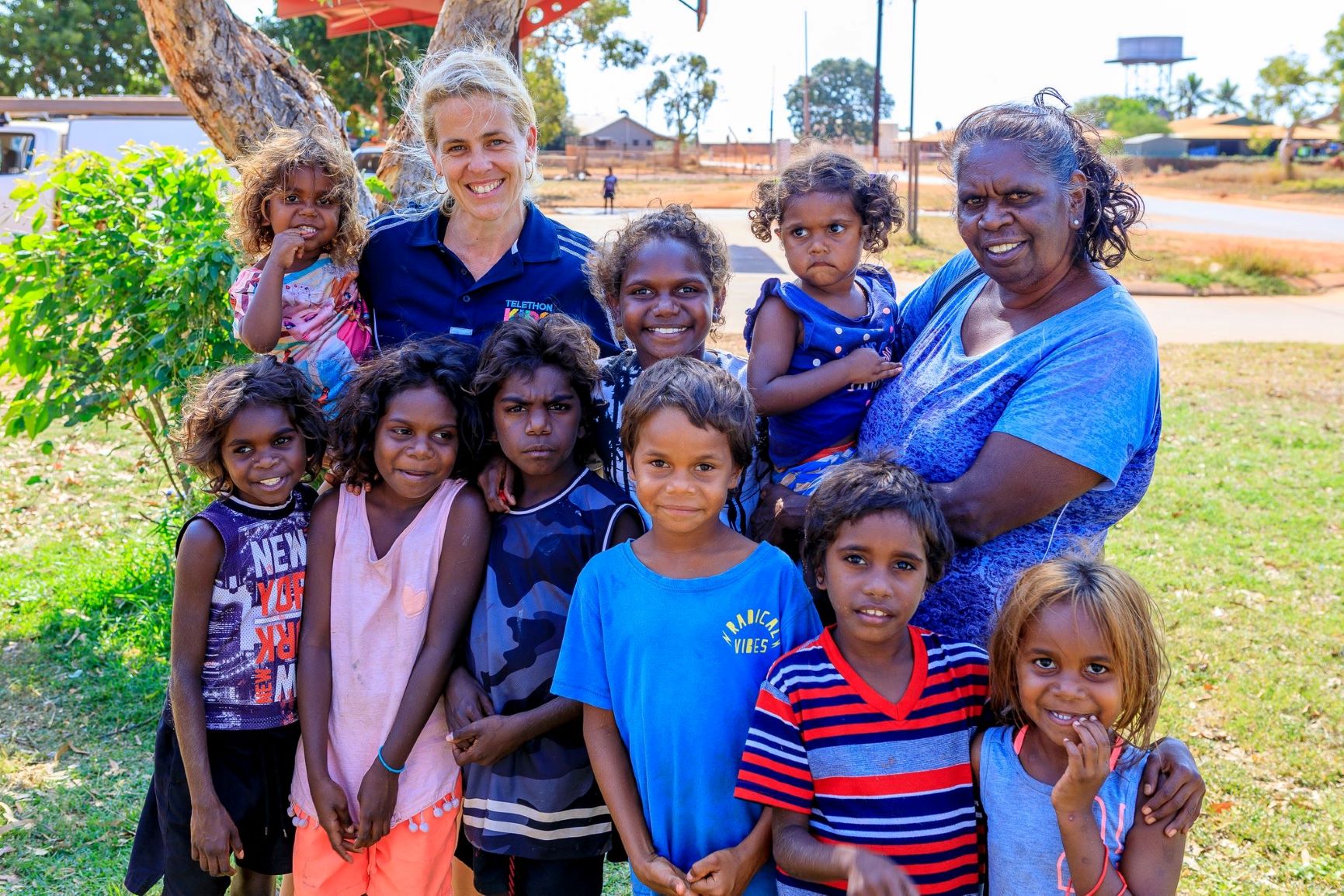Respiratory illness accounts for 12% of the age-standardised gap in mortality between Indigenous and non-Indigenous Australians.
Chronic lung disease is the second most common cause for hospitalisation of Indigenous people, the main reason Indigenous adults visit a general practitioner or clinic, and the second most prevalent self-reported chronic condition. In fact, around one-third of Indigenous people in this country have some type of respiratory condition. Notably, bronchiectasis is highly prevalent in the Indigenous population, with diagnosis typically delayed by years to decades, and is associated with high rates of mortality. Yet, if diagnosed early, disease progression can be stopped or even reversed. Of particular concern is that one-fifth of Indigenous children aged 0–14 years are reported to have had a long-term respiratory condition. Unfortunately, there are only limited data that describe the normal ranges for lung function in this population, complicating the diagnosis of early disease.
To understand these significant respiratory health problems, we are working to determine biological and environmental predictors of chronic respiratory disease, and performing baseline lung function assessments in local and remote communities. We now know that Indigenous children have concerningly high rates of protracted bacterial bronchitis, a condition that can lead to irreversible lung damage and a limited lifespan, yet there is no established strategy to identify and treat high risk children.
We have recently worked with 44 families as well as local health service providers - including the Kimberley Aboriginal Medical Services, Broome Regional Aboriginal Medical Service, and WA Country Health Service - to develop a knowledge translation strategy to raise awareness and improve recognition and management of chronic wet cough and lung disease. The strategy was implemented with excellent results in north-western WA and we are now broadening the knowledge translation research to other parts of WA, Queensland and the NT.
We have also used participatory action research to develop effective methods and resources to discuss lung health with Indigenous families in a culturally appropriate way. The resources are being integrated into local health systems and refined for use across other states and territories. We have collaborated with local communities to conduct lung health screening in young children, and for the first time, could accurately determine the prevalence of chronic wet cough and protracted bacterial bronchitis in remote communities. We are expanding this research to determine the prevalence of disease in other regions and in older children, with the potential for annual screening to map the natural history of disease in a high-risk context.

